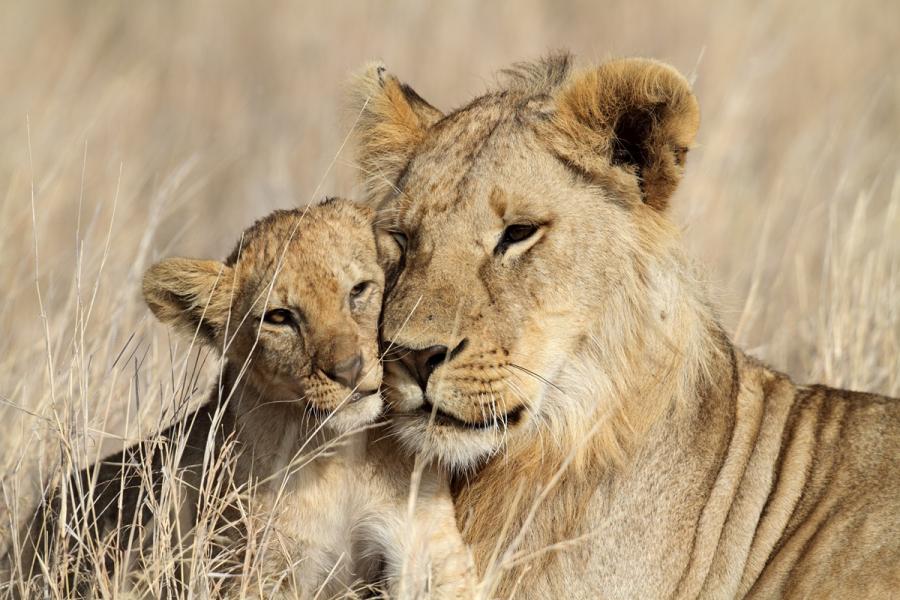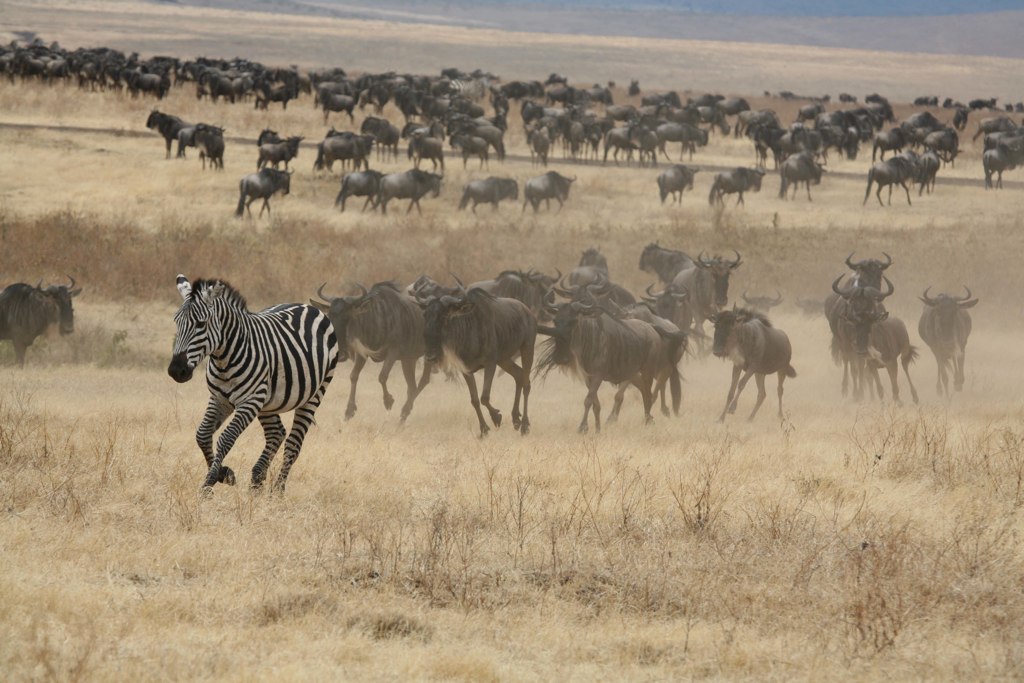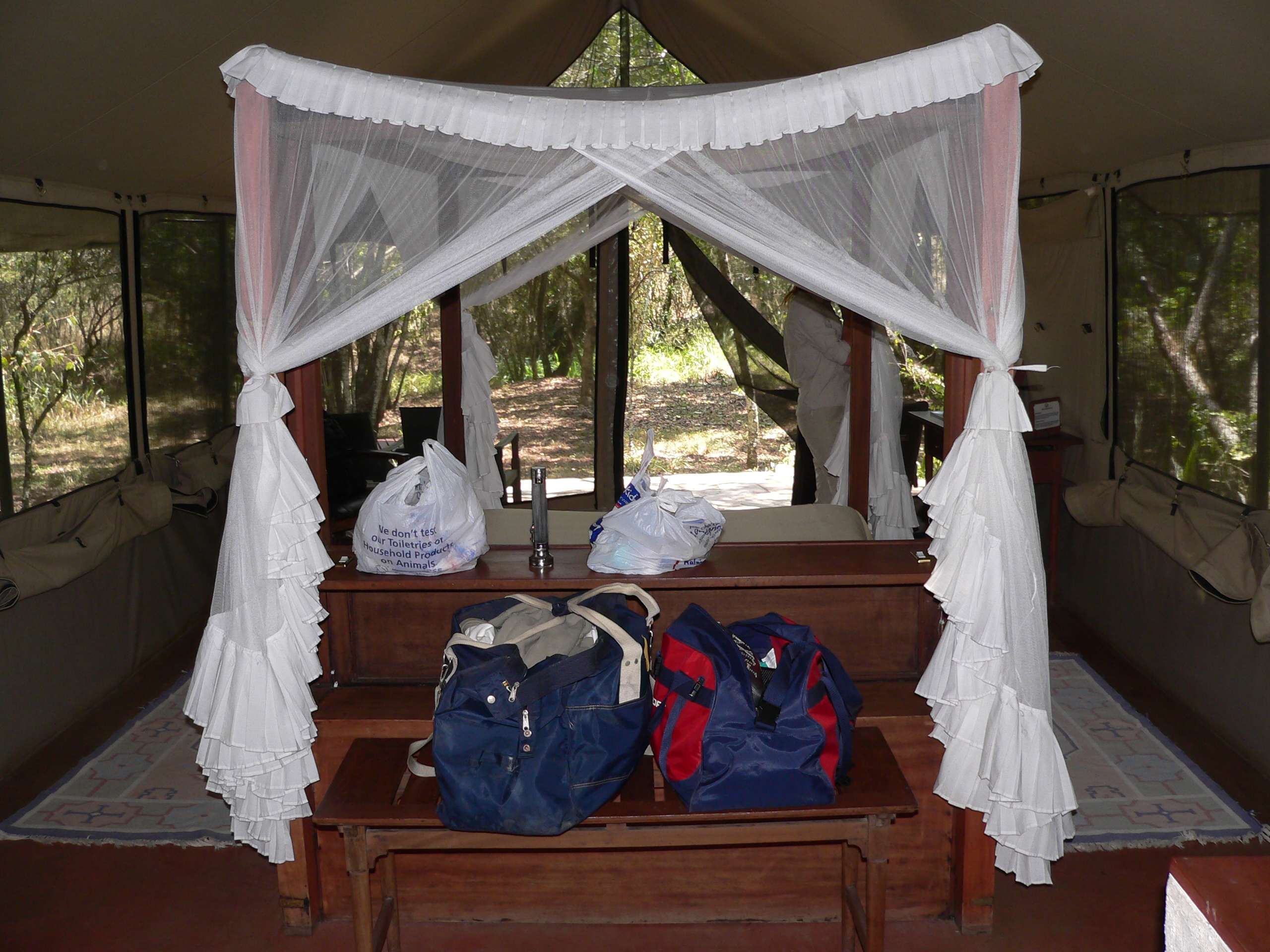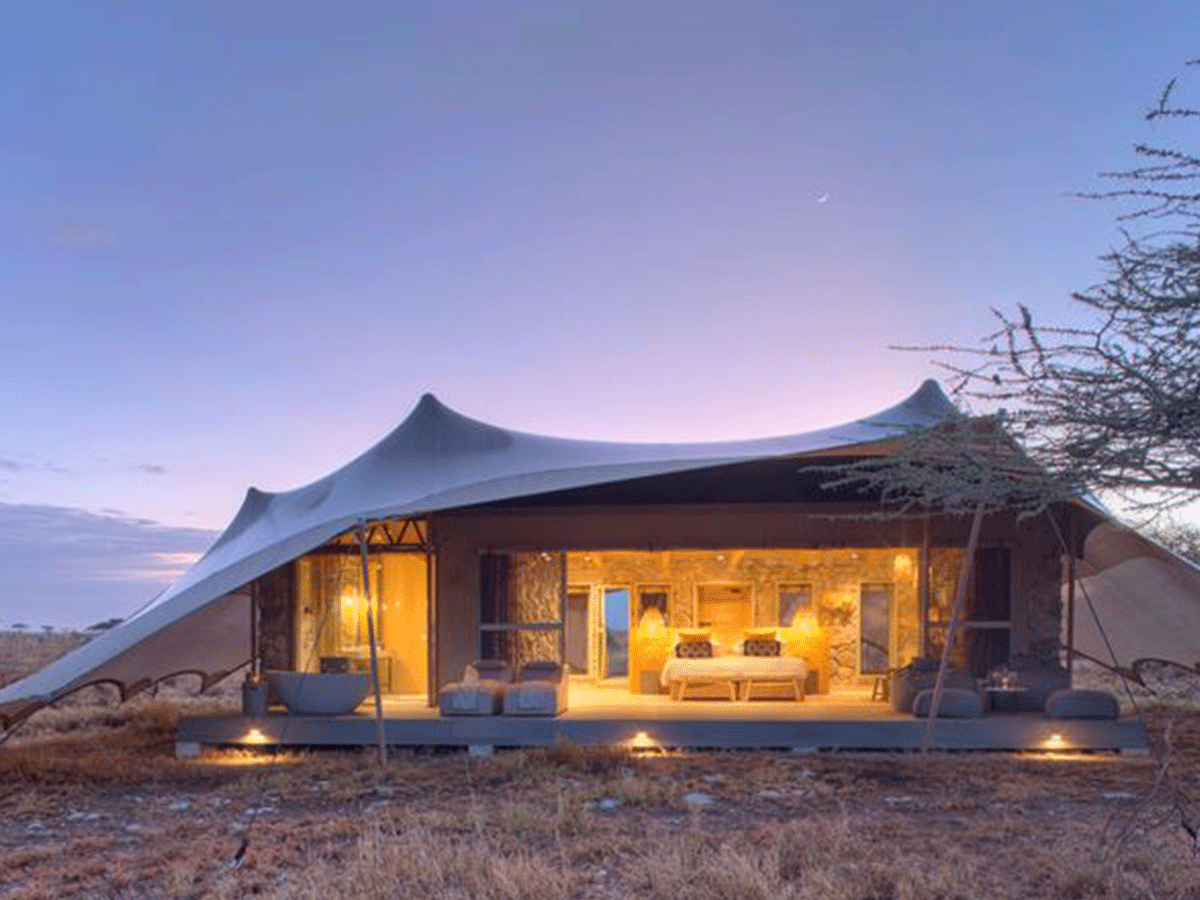Masai Mara National Reserve Kenya
Home » African Safari Destinations » Kenya Safaris, Tours & Holidays » Kenya National Parks » Masai Mara National Reserve Kenya
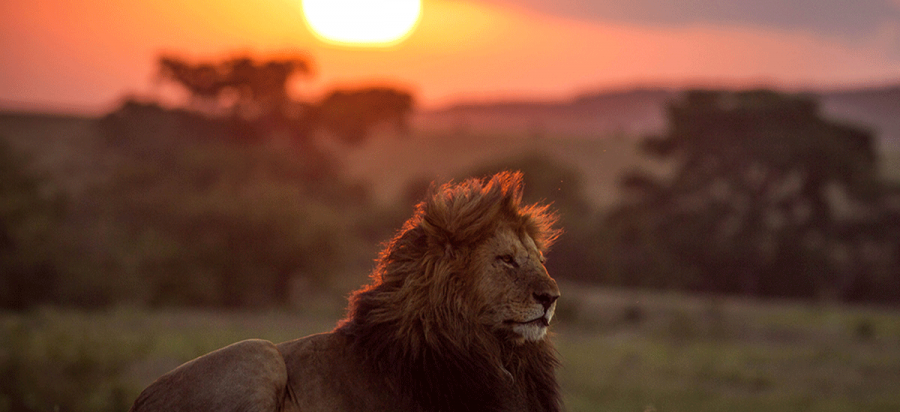
Masai Mara National Reserve Kenya
The Masai Mara together with Tanzania’s Serengeti form Africa’s most famous wildlife park. The image of acacia trees on an endless grass plain epitomizes Africa for many, and then add a Maasai warrior and some cattle to the picture and the conversation needs to go no further.
The annual wildebeest migration through the Serengeti and the Masai Mara is the largest mass movement of land mammals on the planet – with more than a million animals following the rains. But that is not where the game viewing ends; large pride of lions, elephants, and giraffes in grasslands, gazelles, and eland to mention but a few. Aside from traditional vehicle safaris, hot-air ballooning over the Mara plains has become almost essential and you can even do a horseback safari.
Masai Mara National Reserve is one of the most popular tourism destinations in Kenya -Africa. The reserve is located in the Great Rift Valley in primarily open grassland.
Wildlife tends to be most concentrated on the reserve’s western escarpment.
The Masai Mara is regarded as the jewel of Kenya’s wildlife viewing areas. The annual wildebeest migration alone involves over 1.5 million animals arriving in July and departing in November.
There have been some 95 species of mammals, amphibians, and reptiles, and over 400 bird species recorded on the reserve.
The stage on which this show is set is loosely termed the Serengeti Ecosystem, about 40, 000 square kilometers pretty much defined by the dominant migration routes of the white-bearded wildebeest and comprises parts of the Ngorongoro Conservation Area in the south; the Serengeti National Park and the adjacent Maswa Game Reserve and other ‘controlled’ areas in the center, east and west; and the Maasai Mara National Reserve Kenya to the north. The principal players are the wildebeest, whose numbers appear to have settled at just under 1.7 million, with supporting roles from some 400,000 Thomson’s gazelle, 300,000 zebras and 12,000 elands. These are the main migrators and they cross the ranges of over a quarter of a million other resident herbivores and, of course, carnivores. The lions, hyenas, leopards, cheetahs, and lesser predators await the annual coming of the migration with eager anticipation.
In reality, there is no such single entity as ‘the migration’. The wildebeest are the migration – there is neither start nor finish to their endless search for food and water, as they circle the Serengeti- Mara ecosystem in a relentless sequence of life and death. ‘The only beginning is the moment of birth,’ notes acclaimed East African author and photographer Jonathan Scott, who has spent the better part of the last 30 years chronicling the events of the Serengeti and Maasai Mara. Similarly, the only ending is death.
Size of Masai Mara national reserve
Maasai Mara National Reserve stretches 1,510 sq. km (580 sq. miles) and raises 1,500-2,170 meters above sea level.
Location of Masai Mara national reserve
Maasai Mara National Reserve is an area of preserved savannah wilderness in southwestern Kenya, along the Tanzanian border.
See our popular tours to Masai Mara national reserve
How to get to Masai Mara national reserve
Drive – Driving will take you about 5-6 hours. Nairobi to Narok will take you about 2-2.5 hours; the road is absolutely beautiful and smooth.
In Narok, there is a fuel station just across the river which is a great stop for food, toilet and snacks. Leaving Narok to Sekenani Gate will take you about 2-3.5 hours depending on the vehicle you are travelling with.
The road has really broken up and is NOT good at all while on the tar road. It has a lot of potholes and special attention is needed.
At the end of the tar road the road you drive on a dirt road. This has been graded and is in good condition (July 2011). This road goes until the Sekenani Gate. Once in the reserve, the roads are ok, but not the best.
A 4×4 vehicle is recommended they are normally about $250 – $350 per day and come with a driver.
Fly – There are a few companies that fly to the Maasai Mara. It takes about 40 – 45 minutes from Nairobi. We recommend SafariLink. A flight from the Coast is about 2 hours departing from Mombasa, Diani Beach or Malindi. We recommend Mombasa Air Safari.
You may find yourself having a few stops on the way due to other passengers landing at one of the 6 airstrips in the Mara. This is by far the best way to travel, but you do miss out on seeing more of the country.
Things to do in Masai Mara national reserve
Experience Masai Mara on Game Drives
You have two options when it comes to game drives: a night drive or a day game drive. Embark on twice-daily interpretive game drives with expert Maasai guides who will help you uncover the wonders of the Mara.
Join in Guided Walking Safaris
Reconnect with your spirit of adventure and follow in the footsteps of ancient explorers and local Maasai guides keepers of this pristine wilderness area on a once-in-a-lifetime guided walking safari.
Cultural Tour with the Masai’s
Incorporate a cultural tour for you to experience and participate in different cultural activities, and learn about the Maasai’s beliefs and the challenges affecting the survival of their way of life. During the safari, you have a chance to visit our Capacity Building Centres Koiyaki.
Witness the Great Wildebeest Migration
You watch with baited breath as the first of the millions of migrating wildebeest tentatively steps towards the edge of the Mara River. You can almost feel the hope as it braves into the croc-infested waters into Kenya
Experience the thrill of Mobile Camping
For those who consider camping as one of their favorite activities, setting up a camp at the Naboisho Conservancy can be a thrilling experience.
African Sun downer
After a day filled with exciting safari activities and wildlife viewing, the perfect way to round it off is with a Basecamp sundowner in the bush.
Balloon Safari
Start your morning with a magnificent aerial view of the Masai Mara plains from a hot air balloon. Glide over the sprawling Mara plains, observing the flora and fauna from an enchanting balloon ride.
When to visit Masai Mara national reserve
Masai Mara is known to have excellent wildlife viewing all year round. However, for those looking for an opportunity to watch as the great wildebeest migration unfolds the best time to visit the Mara is from July to October.
Where to stay in Masai Mara national reserve
There many places to stay in the Masai Mara but our picks are Agama Mara, Mara Serena safari lodge, and Beyond Kichwa Tembo tented camp and Mara explorers.
You might also like
THINGS TO DO
| Witness the Masai mara wildebeest Migration |
| Game drives in Masai mara national reserve |
| Guided nature walks in Masai mara national reserve |
| Birding safaris in Masai Mara national reserve |
| Hot air balloon safaris in Masai Mara national reserve |
| Camping safaris in Masai Mara national reserve |
| Visit the Masai Cultural Villages |
HOW TO GET THERE
| How to get to Masai Mara national reserve |
SAFARI PACKAGES
| 3 Days Masai Mara safari |
| 4 Days Fly in Masai Mara safari |
| 5 Days Luxury Masai Mara safari |
WHEN TO VISIT
| Best time to visit Masai Mara national reserve |
WHERE TO STAY
| Ashnil Mara Camp |
| Mara Serena safari Lodge |
| Angama Mara |
| Mara Explorers |
| Mara treetops Luxury Camp |

